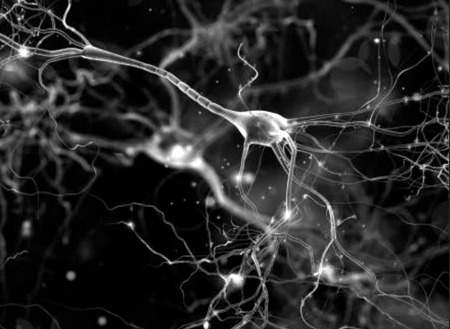In orthopaedic medicine, many diagnostic tools exist to help our physicians find the diagnosis that leads to the treatment plan that gets our patients back to the healthy, active lifestyles in which they thrive. When people consider these diagnostic tools, they often think of imaging techniques like x-rays, MRIs, and CT scans for example. Another test exists that can be immensely helpful in determining nerve pathologies that may be present. That nerve conduction test is called an EMG or electromyogram.
An EMG has two parts. The first part is the nerve conduction test and is performed by strategically placing surface electrodes on the patient’s affected limb to measure how quickly a nerve conducts. Those electrodes transmit signals of a muscle’s response after its associated nerve is stimulated. The second part is a needle EMG which measures the electrical activity of a muscle and can determine if the nerve to the muscle has been damaged. Small needles are inserted into the belly of the muscle to measure activity. The responses are recorded on a computer where a physician can interpret the data to determine if a nerve or muscle dysfunction exists. Motor neurons transmit electrical signals to muscles when stimulated. When talking about nerves, a lack of response when a muscle is stimulated, an abnormal response when a muscle is contracted, or any activity when a muscle is relaxed can all indicate neuromuscular pathology. EMGs are not as sensitive for disorders of the neck and back because they evaluate peripheral nerves affecting the extremities. Consequently, the test is helpful in confirming entrapment disorders such as Carpal and Cubital Tunnel Syndrome. Because of this, someone who has Multiple Sclerosis or who has sustained a stroke is likely to have a normal EMG because the test does not measure nerve conduction in the brain and spinal cord. Patients who have been told they have a pinched nerve are often surprised to hear that an EMG is not necessarily warranted, but it is because the location of the ‘pinch’ is typically within the spinal column.
An EMG is ordered if your physician thinks a nerve issue may be present. If you report numbness, tingling, burning, decreased sensation, or muscle weakness as some of your symptoms, you may be referred for an EMG. Carpal tunnel and cubital tunnel are two conditions for which further testing with an EMG is often warranted. The presence of a drop foot or unexplained muscle atrophy (shrinking) is also an indication for more in depth nerve testing. Oftentimes, a patient’s symptoms can be indicative of multiple pathologies such as Carpal Tunnel Syndrome and arthritis in the thumb or wrist. Your physician may order an EMG to better distinguish which pathology is causing the majority of your symptoms.
We have two physicians here at OAW who perform EMGs: Dr. Zoeller and Dr. Vo. No preparation on the part of the patient is necessary. You can come to our clinic in normal clothes with clean skin (no lotion please!). You will be given special clothes if your attire does not allow access to the affected limb. The testing is completed in a normal clinic exam room and doesn’t take more than half an hour or so depending on how many limbs require testing. This is a non-invasive test with minimal discomfort, if any. Once the exam is complete, the physician who did the test will interpret the data and send the results back to your treating physician who can then form a definitive treatment plan for your pathology. Don’t be NERVE-ous about that numbness and tingling-give OAW a call to get back on track!
This blog is written by one of our very own-Morgan. She is a certified athletic trainer working as a medical assistant with our providers each and every day in our clinic. She obtained a bachelor's degree in athletic training from Carroll University in Waukesha and a master's degree in Kinesiology from Michigan State University. She is excited to bring you updates and information about the happenings at OAW.

